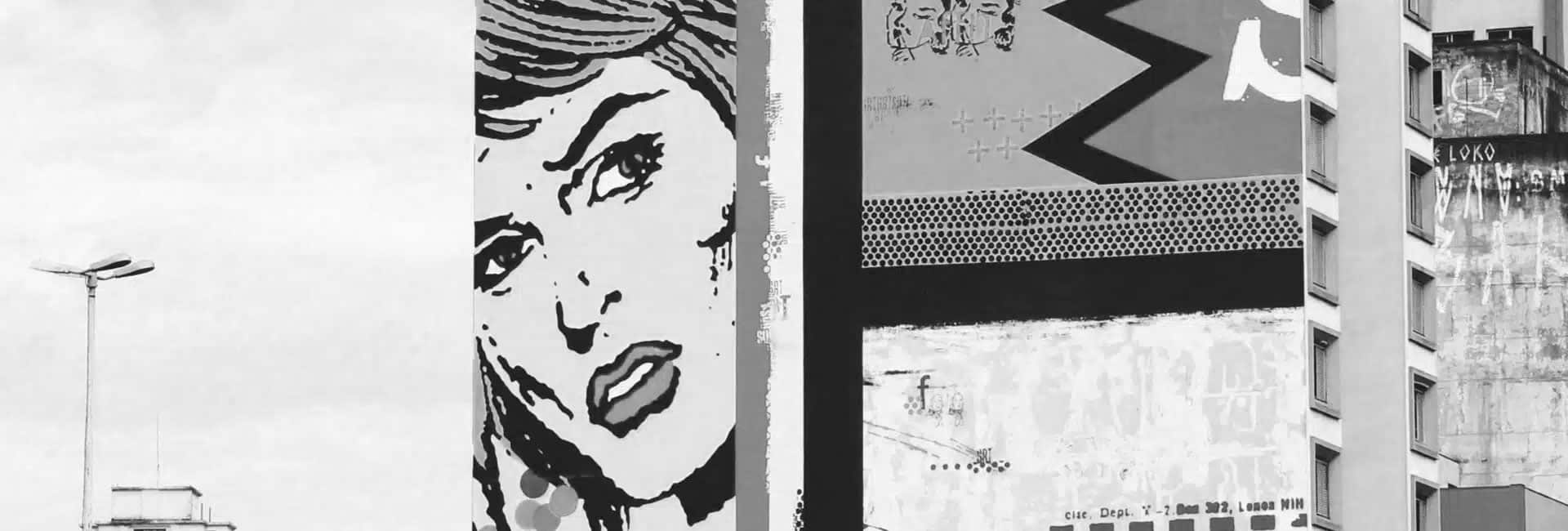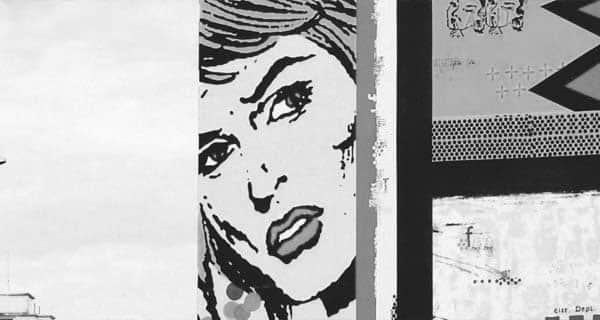
Used under a Creative Commons Licence
Iconic Imagery or Legal Liability? Using Art and Icons in Products
This article was written by Sharon Givoni, Principal Solicitor of Sharon Givoni Consulting, to explore the legal landscape surrounding the use of iconic imagery and the role of foundations in preserving artists’ legacies.
Can You Use Icons in Your Own Art or Products?
In the world of art and creativity, inspiration flows freely, yet the line between homage and infringement can often be blurred. Foundations play a crucial role in protecting and preserving the legacies of iconic artists, acting as guardians of these creative giants’ work—from Salvador Dalí’s surrealist visions to Andy Warhol’s pop art provocations. These foundations actively protect their artists’ legacies, ensuring that their work is not only celebrated but also safeguarded from unauthorised use.
However, managing these legacies is far from simple. Foundations frequently engage in complex legal battles, navigating a challenging landscape of copyright, licensing, and intellectual property rights.
The Role of Foundations in Protecting Artistic Legacies
Before you unleash your inner Warhol or channel Dalí’s surrealist flair, consider seeking permission if you plan to use iconic imagery. Foundations fiercely defend these legacies, ensuring that works aren’t used without authorisation. While creativity thrives on inspiration, copying without permission can invite legal trouble.
When an artist achieves significant fame, their work transcends them and becomes part of the cultural fabric, opening the door to potential misuse or even theft. Many artist estates establish foundations to actively manage and protect these legacies, often through licensing, authenticating, and pursuing legal action when necessary.
The Andy Warhol Foundation and Its Legacy
One prominent example is the Andy Warhol Foundation for the Visual Arts, established in 1987 following Warhol’s death. The foundation has been instrumental in managing Warhol’s vast body of work, which includes famous prints, films, and photographs. While its mission is to advance the visual arts, the foundation has been involved in numerous legal battles, defending Warhol’s works from unauthorised use and preserving his legacy.
Warhol’s Iconic Banana: A Legal Lesson
A famous example of Warhol’s legacy protection involves his banana artwork for the Velvet Underground’s 1967 album cover. In 2012, the band filed a lawsuit against the Andy Warhol Foundation, arguing that the image was so closely associated with their identity that they should control its use. The case was ultimately settled out of court, but it underscored the importance of copyright law and the role of foundations in managing an artist’s intellectual property.
Salvador Dalí’s Foundation: Safeguarding Surrealism
The Gala-Salvador Dalí Foundation, established in 1983, protects Dalí’s surrealist legacy, which includes his paintings, drawings, and sculptures. Beyond preservation, the foundation carefully oversees licensing and commercial use, balancing preservation with responsible access. This foundation has taken legal action against unauthorised reproductions, ensuring that Dalí’s vision and standards remain intact.
Marilyn Monroe’s Image: Tribute or Exploitation?
Marilyn Monroe’s likeness is universally recognised, making it especially susceptible to unauthorised use. The Marilyn Monroe Estate, managed by Authentic Brands Group, licenses her image and protects it from misuse. Her legacy has faced significant legal challenges over ownership and usage rights, highlighting the fine line between tribute and exploitation.
The Helmut Newton Foundation: Preserving an Iconic Vision
As previously discussed, the Helmut Newton Foundation manages the legacy of one of the 20th century’s most influential photographers. Known for his bold and provocative style, Newton’s work continues to inspire artists worldwide. The foundation actively defends his work from unauthorised use, emphasising the importance of copyright in preserving unique artistic visions.
The Legal Landscape of Artistic Foundations
The work of these foundations is not only about preserving art but also about navigating the intricate legal landscape of intellectual property. Copyright law protects an artist’s work and ensures their estate benefits from its continued use, yet enforcing these rights can often lead to legal disputes. This reality is evident in the legal battles involving Warhol, Dalí, Monroe, and Newton.
Foundations and the Future of Art Protection
As digital reproduction and social media make it easier than ever to share and copy images, the role of foundations in protecting artists’ legacies will continue to grow. Organisations like the Warhol, Dalí, Monroe, and Newton foundations play a vital role in safeguarding artists’ rights and preserving cultural heritage.
At Sharon Givoni Consulting, we understand the complexities involved in managing intellectual property and preserving artistic legacies. Whether you’re an artist, a brand, or a creative professional, navigating this legal landscape requires skill and knowledge. We offer expert legal advice to ensure your work—and the work that inspires you—is protected.
The efforts of these foundations remind us that art and law are deeply interconnected. As we celebrate past creativity, we must also look forward to securing the future of today’s artists for generations to come.
At Sharon Givoni Consulting, our registered trade mark Legal Ease, Not Legalese® reflects our dedication to making complex legal matters straightforward and accessible. Protecting and managing intellectual property requires legal precision, especially in the dynamic art world where inspiration and legal boundaries intersect. We help clients preserve and secure their work, empowering them to share their creative vision legally and confidently.
Please note the above article is general in nature and does not constitute legal advice.
Please email us info@iplegal.com.au if you need legal advice about your brand or another legal matter in this area generally.


